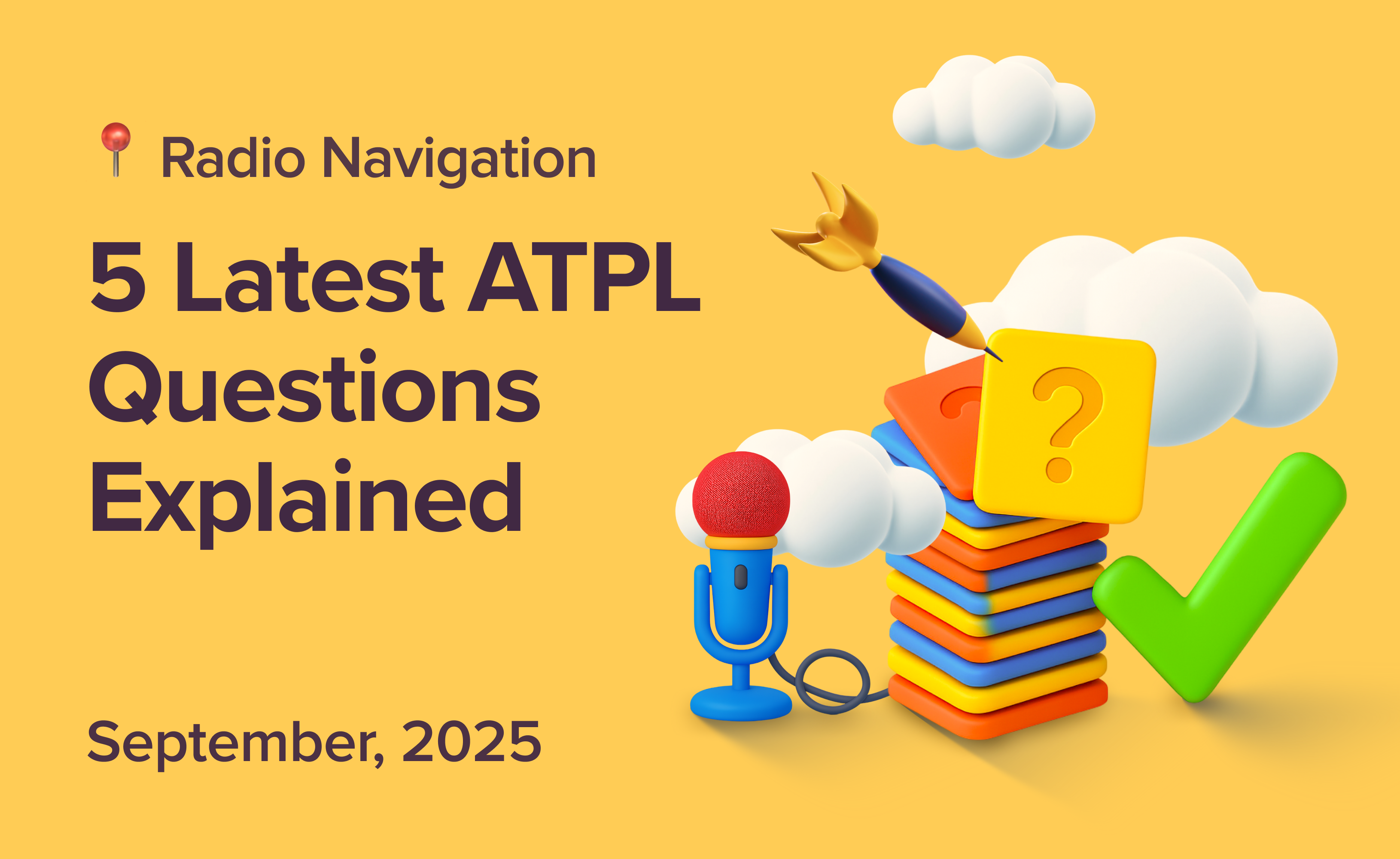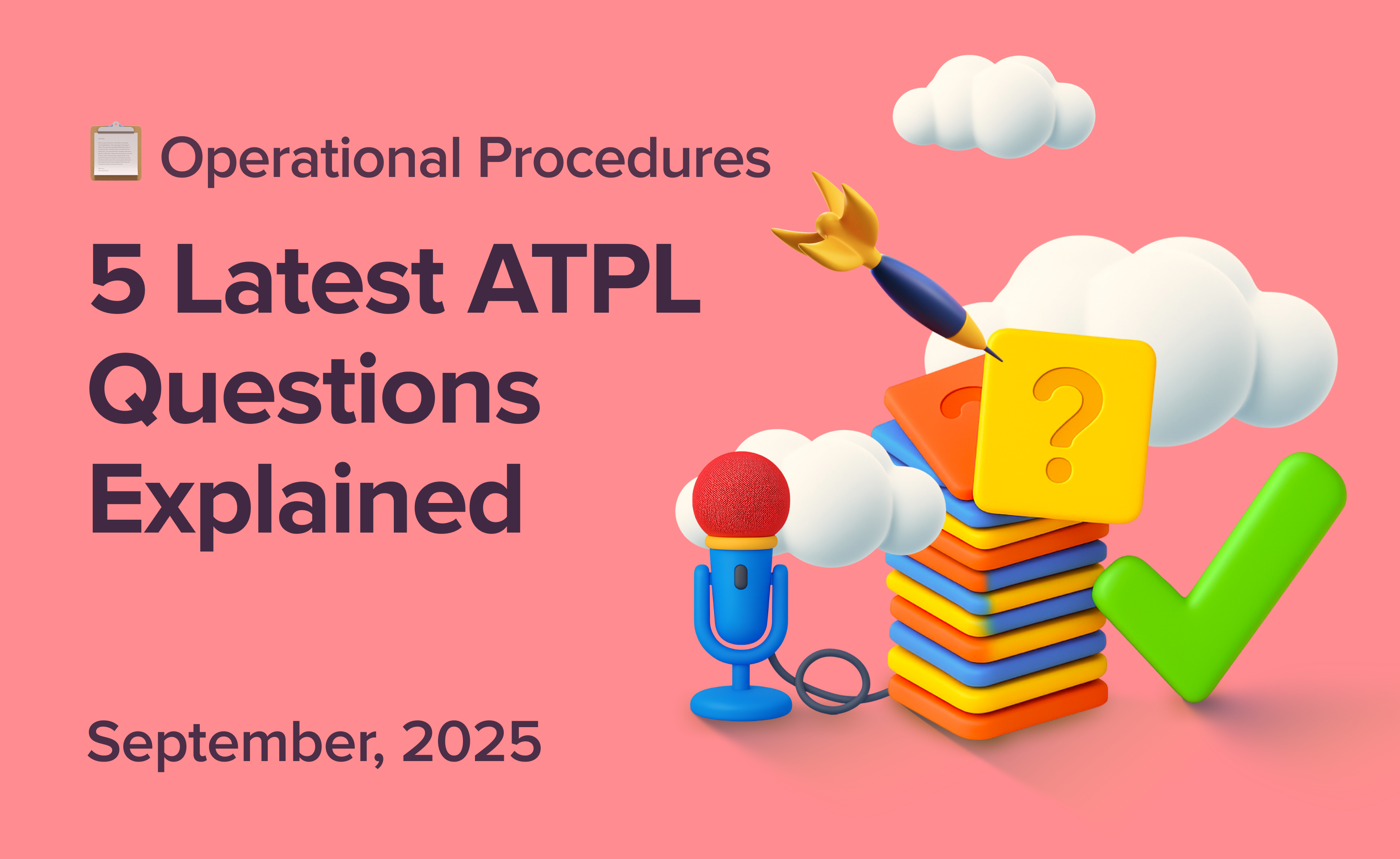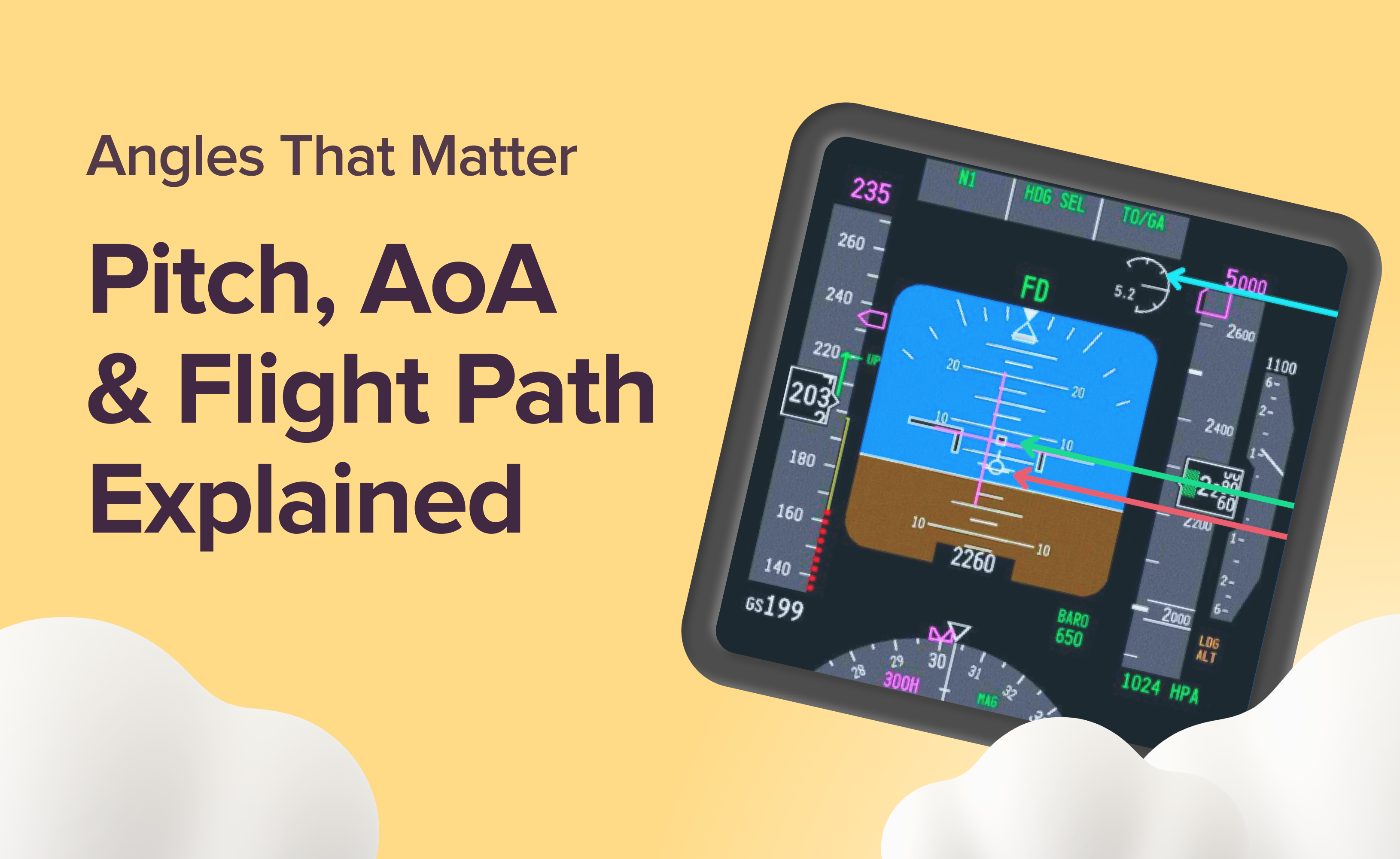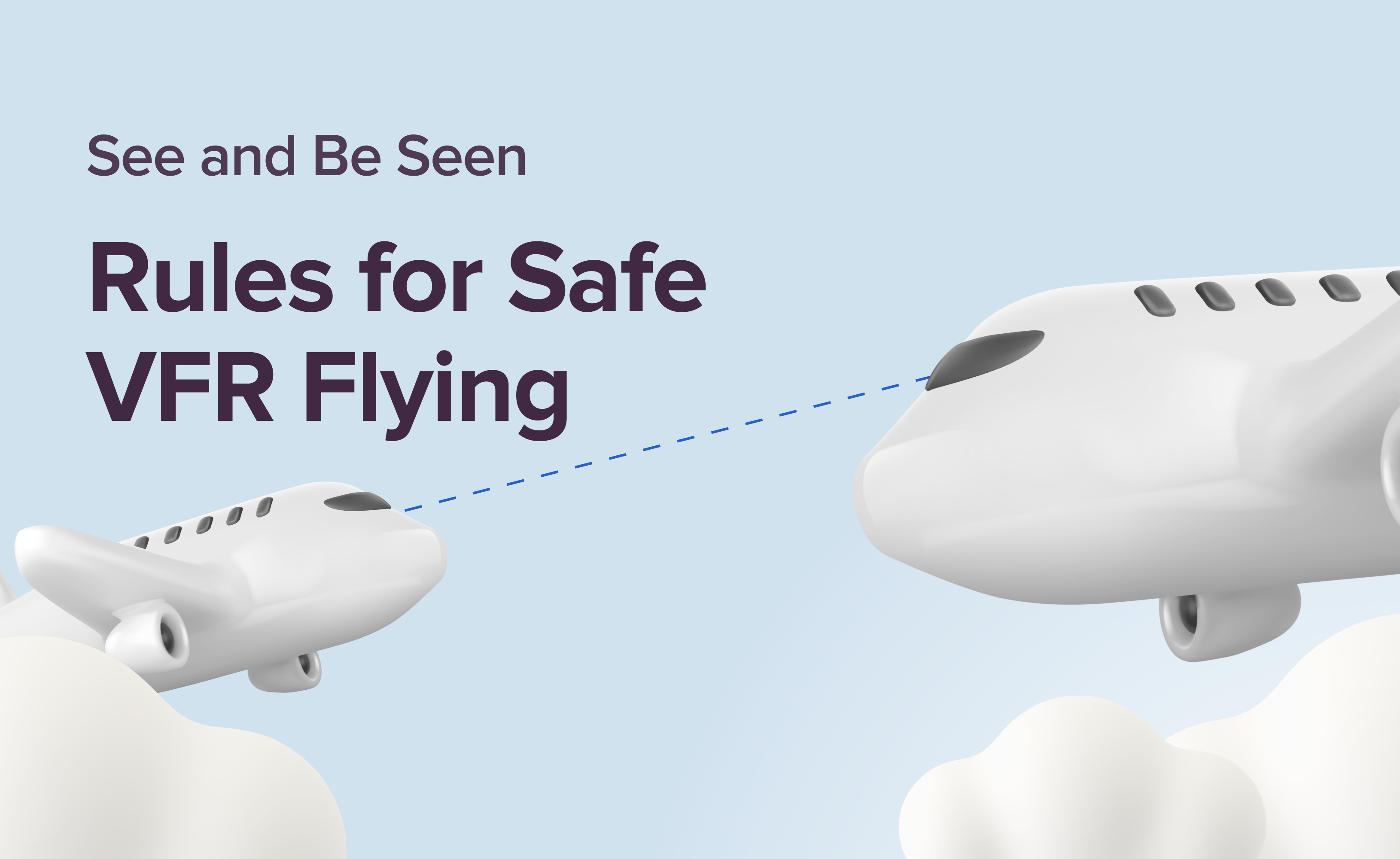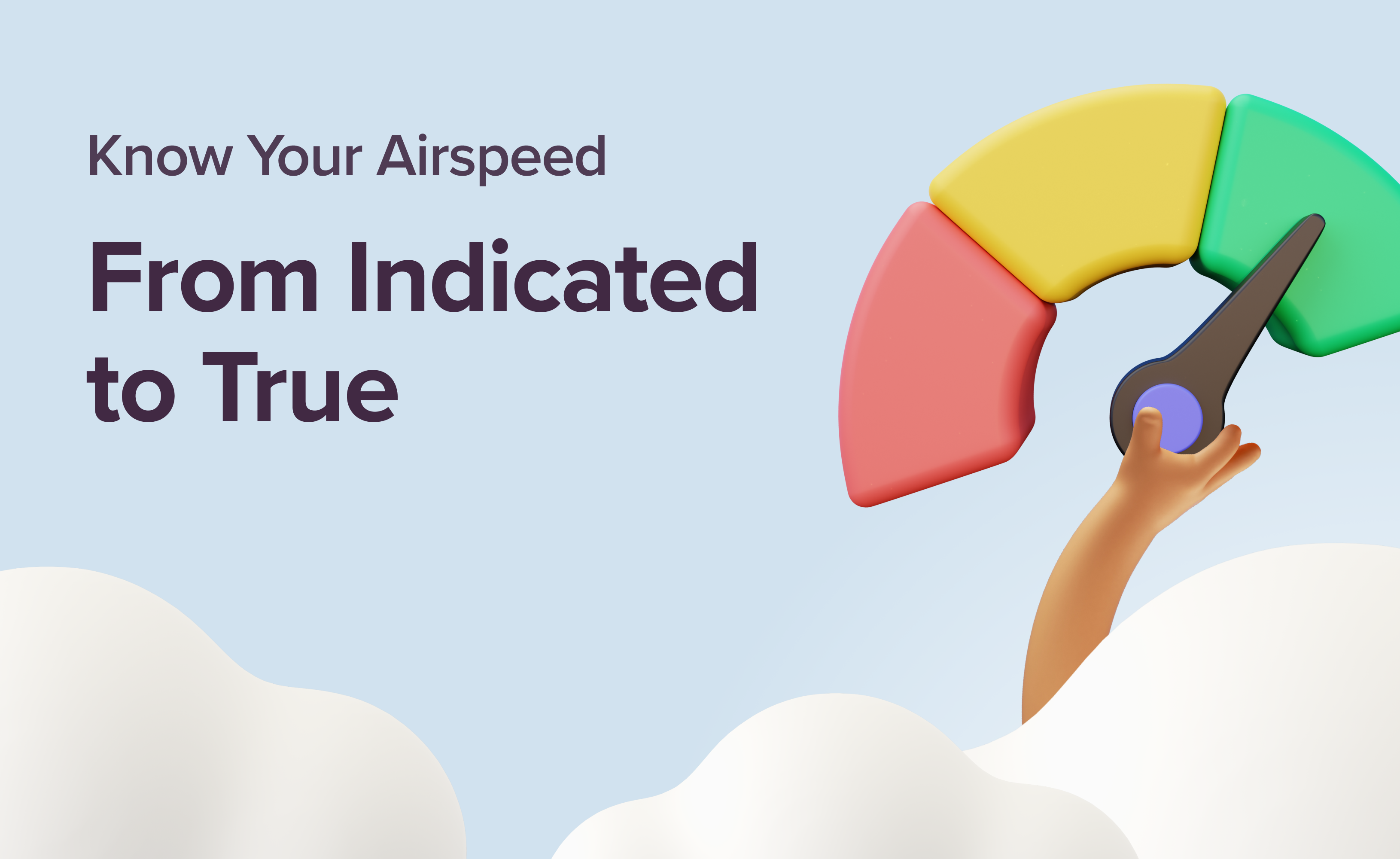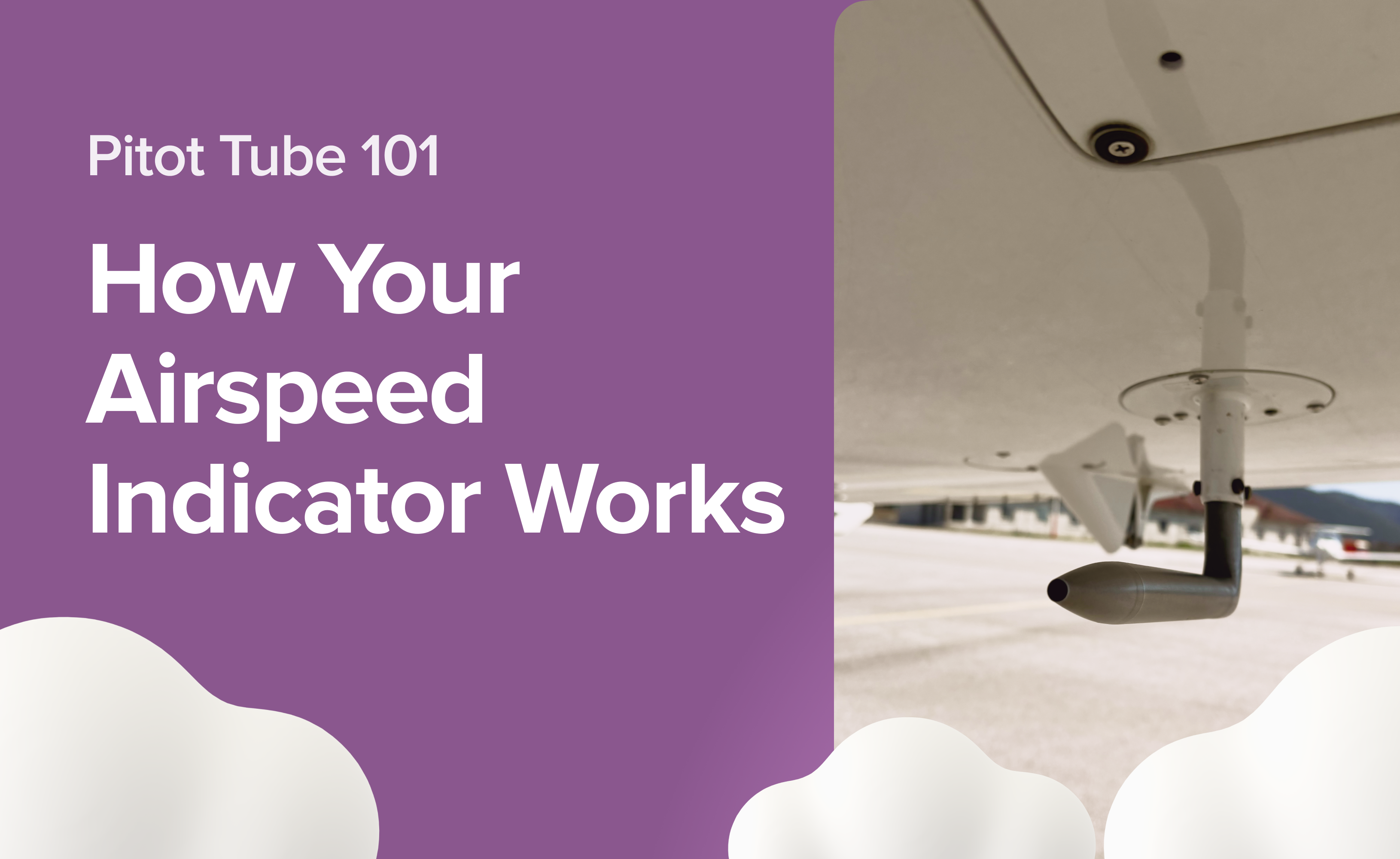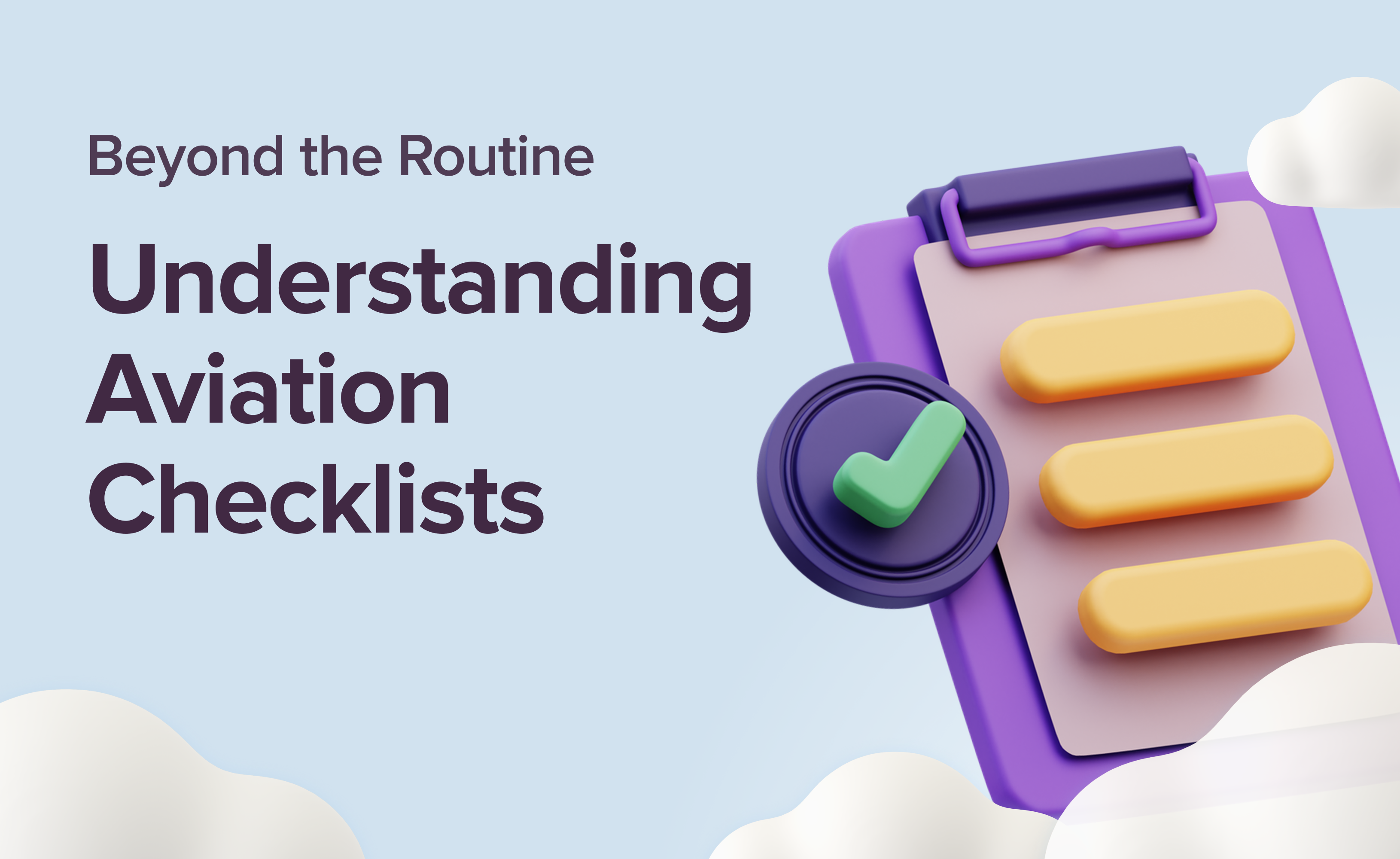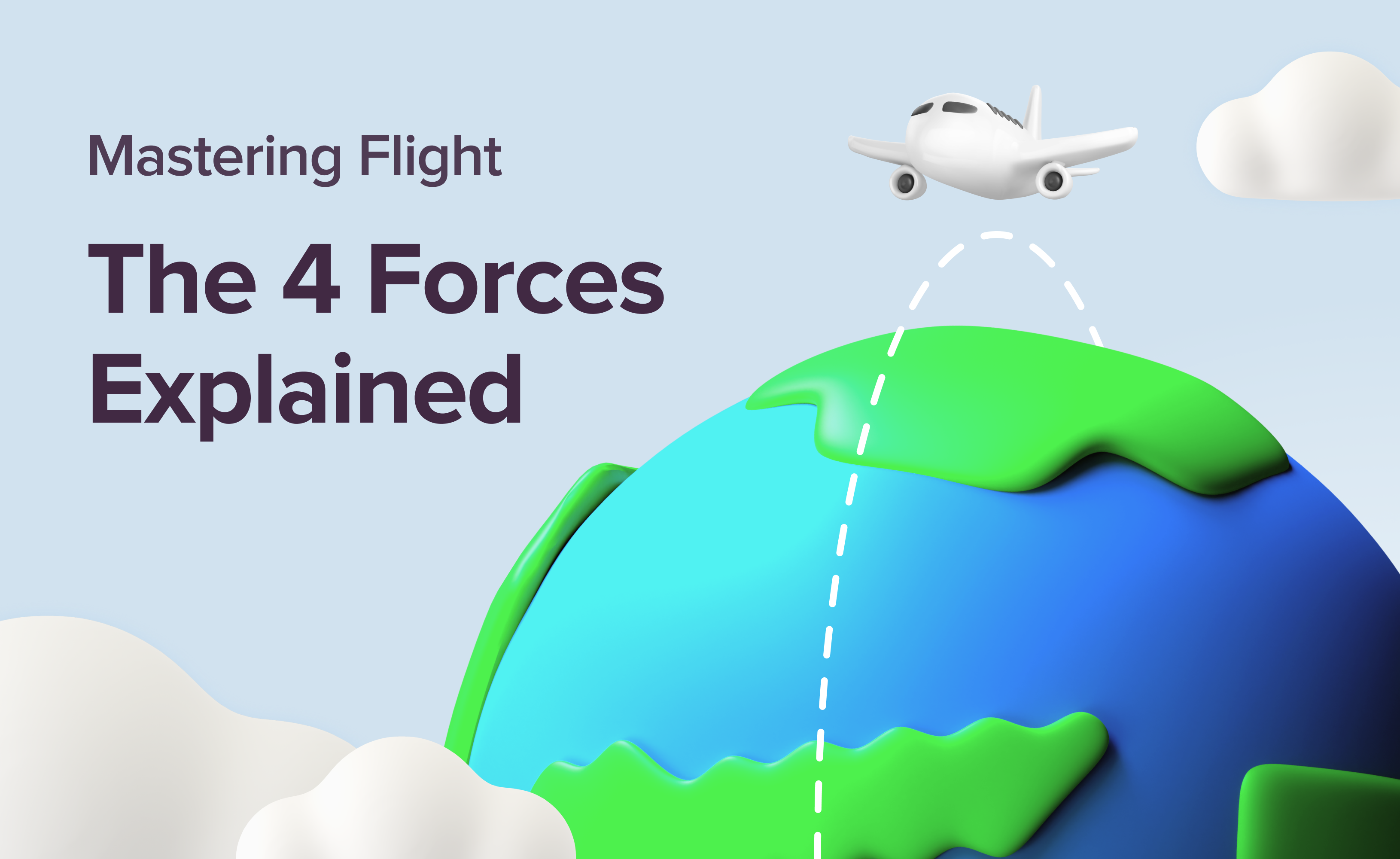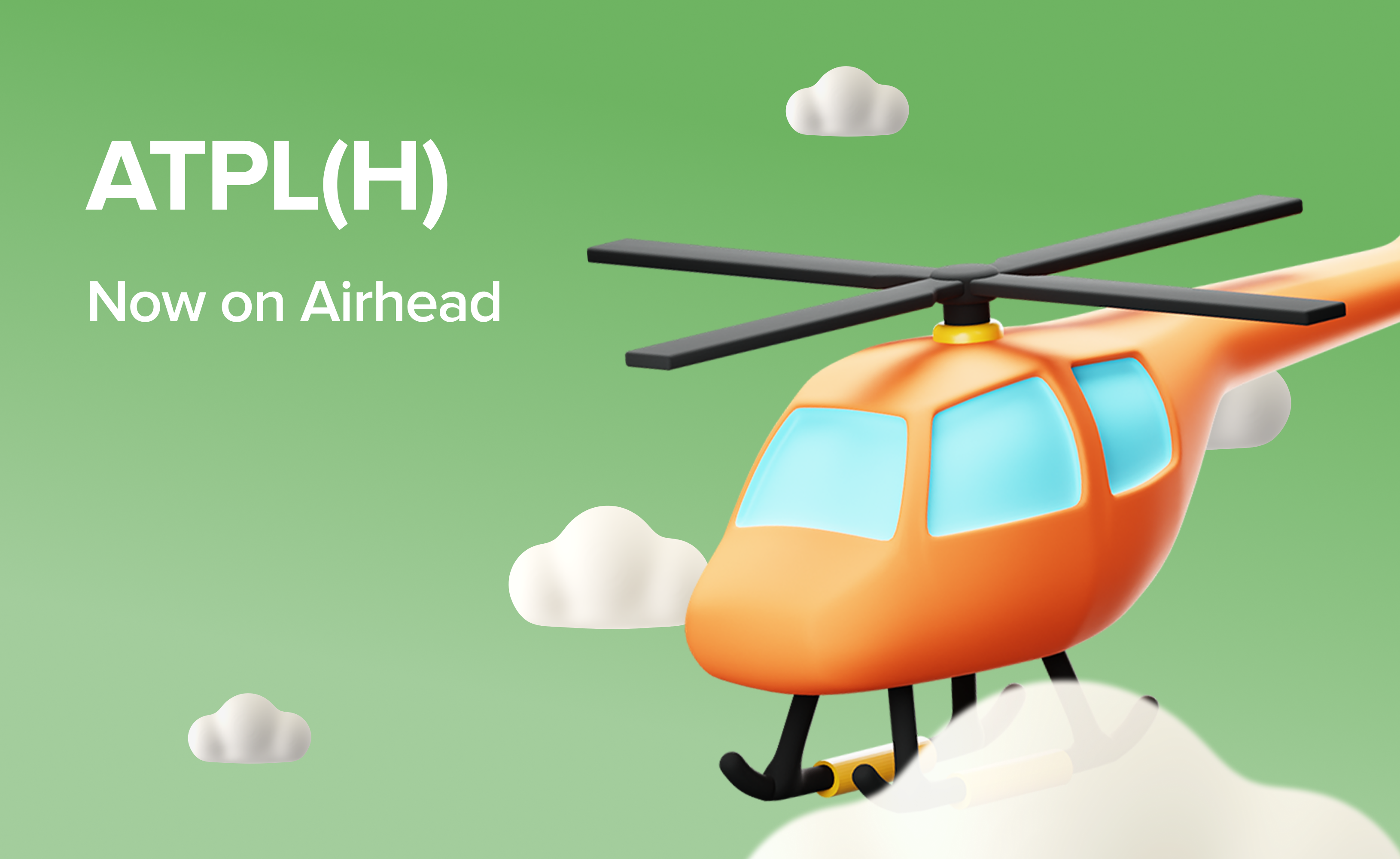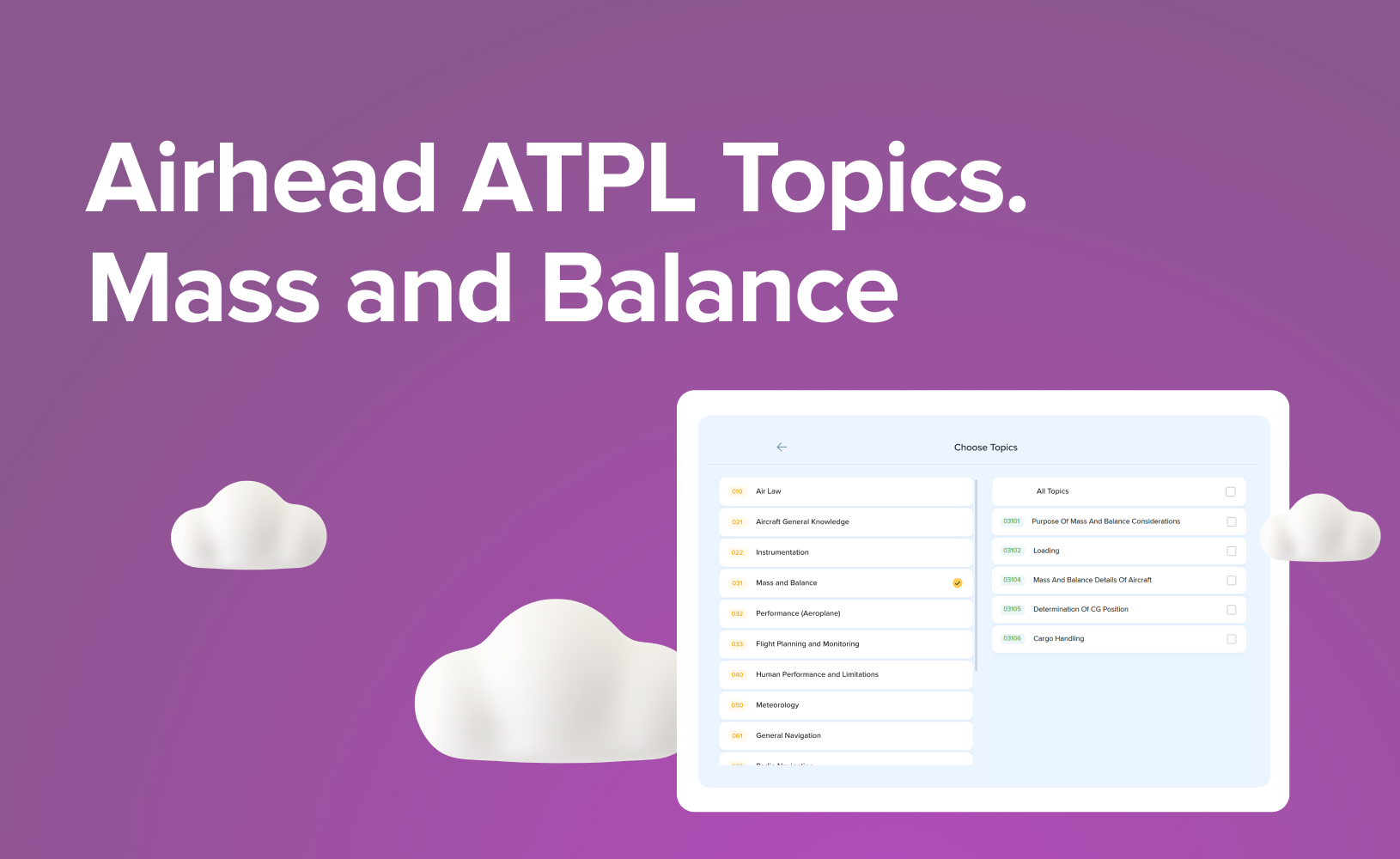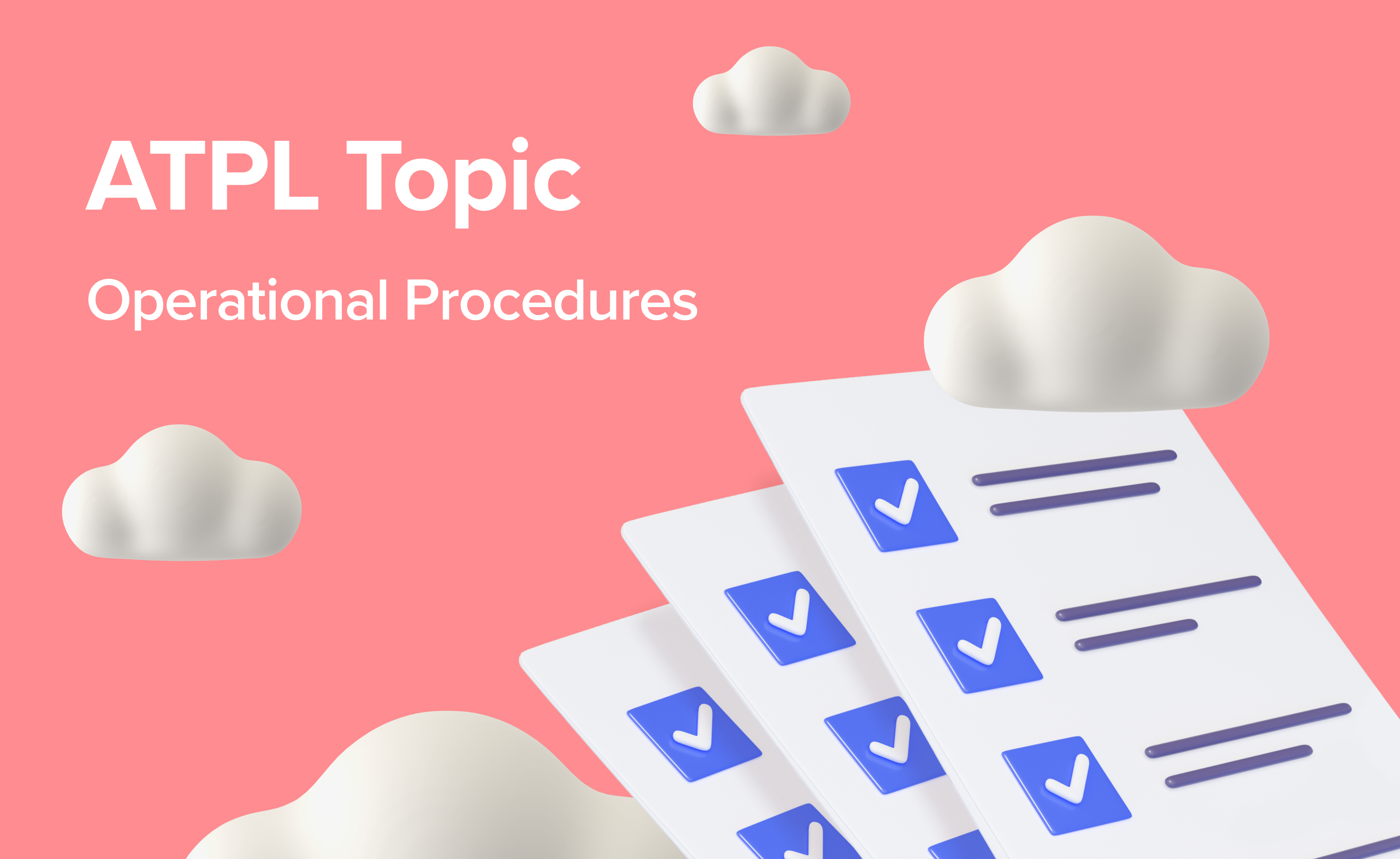ATPL Topic: Introduction to Meteorology

Any pilot aiming to acquire an Airline Transport Pilot Licence (ATPL) must grasp the fundamentals of meteorology. This includes the structure of the atmosphere, weather systems, and the interpretation of meteorological data, all essential for making informed decisions in flight planning and navigation. From interpreting weather patterns to anticipating atmospheric conditions, this discipline holds the key to ensuring the safety and efficiency of aircraft operations.
The Role of Meteorology in Aviation
Meteorology refers to the branch of science that deals with the study of the Earth's atmosphere and its phenomena, particularly as they relate to weather forecasting and its impact on aviation operations. It involves the analysis and interpretation of the air environment and atmospheric conditions such as temperature, humidity, pressure, wind patterns, and precipitation to predict weather patterns, hazards, and changes that may affect flight safety and efficiency.
Meteorology in aviation plays a crucial role in flight planning, navigation, decision-making, and ensuring the safety of aircraft and passengers. No wonder this topic is one of the 13 ATPL subjects in syllabus exams.
Exam Overview
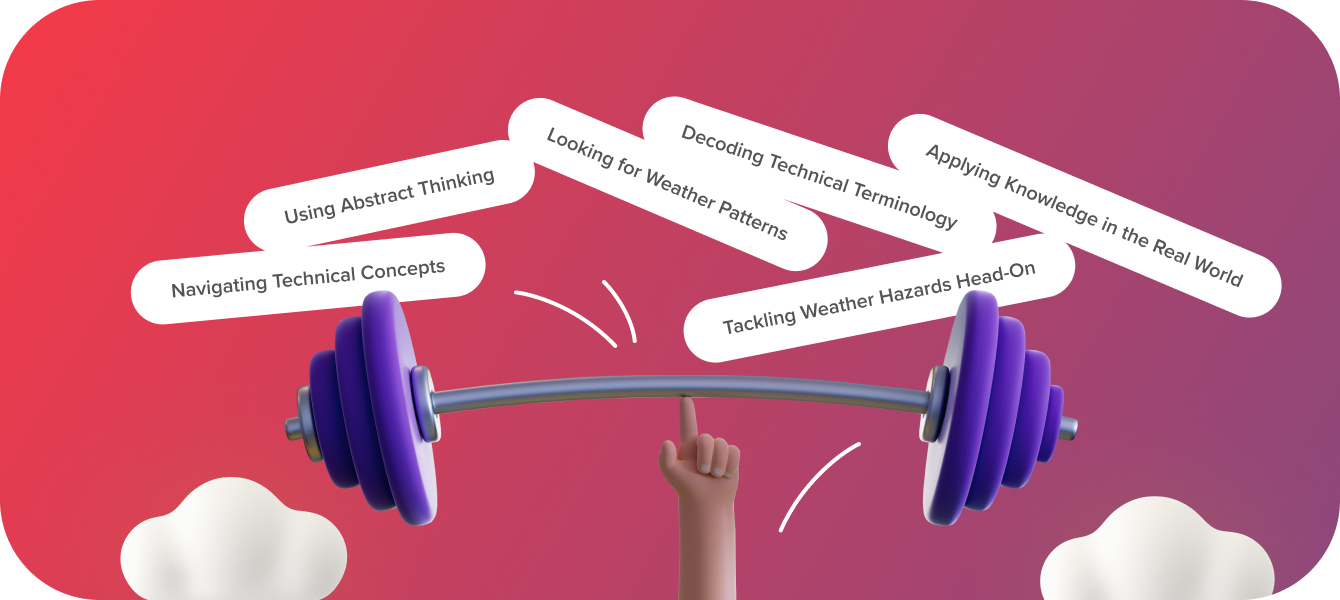
Common Student Hurdles with Meteorology
With an exam duration of 2 hours and 84 multiple-choice questions to get through, mastering this ATPL exam can be challenging, given its medium to hard difficulty level. However, an impressive 81% of students pass it successfully. However, studying meteorology for ATPL licence can be quite an adventure, due to its complexity and dynamic nature! Here's a glimpse into the common difficulties students encounter along the way:
Navigating Technical Concepts: Meteorology dives deep into scientific principles like atmospheric physics and fluid dynamics, demanding a solid grasp of mathematics and physics fundamentals.
Using Abstract Thinking: Abstract concepts such as air pressure and humidity can be a bit foggy for some students, requiring extra effort to bring clarity to these essential ideas.
Looking for Weather Patterns: Weather's unpredictability poses a challenge as students strive to anticipate and interpret changes. Aspiring pilots must learn to decipher weather data, forecast interpretations, and make sound decisions despite uncertainty.
Decoding Technical Terminology: Meteorology comes with its language of specialised terms. Be prepared to memorize and understand them, including scientific and aviation-specific terms.
Applying Knowledge in the Real World: Bridging the gap between theory and practice can be daunting. You must learn to translate learned theory into practical skills and decision-making scenarios.
Tackling Weather Hazards Head-On: From turbulence to thunderstorms, you must grapple with understanding the causes, effects, and mitigation strategies of various weather hazards, preparing to navigate the skies safely.
Meteorology Syllabus
Studying meteorology in aviation requires dedication, critical thinking skills, and a willingness to continuously learn and adapt to changing weather conditions and scenarios. So let's have a closer look at what related topics Meteorology entails and how it shapes the understanding of weather patterns in aviation.
In addition to exploring the ATPL exam syllabus of an aviation meteorology course, we also have a Meteorology series of videos available on YouTube from ATPL Class. These videos delve into the basics of weather formation before delving into the formation of large meteorological systems.
050 01 The Atmosphere
The Atmosphere is the cornerstone of meteorology, essential for pilots' understanding of weather phenomena. It delves into the Earth's atmospheric layers, from the troposphere to the mesosphere, and explores their composition, structure, and properties. Future aviators understand concepts like atmospheric pressure, temperature changes with high altitudes and the critical role of greenhouse gases in climate regulation.
For instance, any commercial pilot must comprehend how temperature inversions in the atmosphere can affect aircraft performance and general navigation, impacting flight planning and safety measures.
050 02 Wind
Wind dynamics are key in aviation, dictating aircraft behaviour and flight operations. Pilots must be aware of mechanisms behind wind formation, including pressure gradients, the Coriolis force, and frictional effects. Understanding wind patterns is crucial for determining the most efficient flight routes.
On long-haul flights, pilots must handle prevailing winds and use jet streams to save fuel. Local wind patterns, such as sea breezes and mountain waves, provide obstacles during takeoff and landing, requiring that pilots adjust their approach accordingly for safe operations.
050 03 Thermodynamics
A pilot's ability to control aircraft performance, weather forecasting, instrument operation, and decision-making processes is heavily influenced by thermodynamics. It is possible to navigate safely, accurately, and efficiently in diverse atmospheric conditions by applying thermodynamic principles effectively.
Students learn concepts like adiabatic processes and lapse rates. By looking at temperature and dew point profiles, you can assess atmospheric stability. This is crucial for predicting weather phenomena such as thunderstorms and fog. For example, knowing temperature inversions helps pilots anticipate fog formation, ensuring safe flights.
The study of thermodynamics helps pilots gain a better understanding of how the atmosphere behaves, which is critical to flying safely and efficiently. Their skills include anticipating and navigating different weather conditions, determining flight routes, and complying with civil aviation regulations. By understanding thermodynamics, you can fly in a variety of atmospheric conditions safely and confidently.
050 04 Clouds and Fog
Clouds and fog are essential weather factors that affect how well we can see and the overall safety of flying. Within these related topics, student pilots learn about different categories of clouds, how they come into being, and the various cloud formations that appear under different weather scenarios.
Pilots must grasp how fog develops, including the creation of radiation fog, advection fog, and upslope fog, to foresee and manage potential issues with visibility while in the air.
This encompasses a comprehensive classification of clouds, including high, medium, and low-level clouds, along with special cloud formations like noctilucent clouds, contrails and polar lights, equipping pilots with the insights needed to navigate safely through diverse atmospheric conditions.

050 05 Precipitation
Comprehending the various types of precipitation and their formation mechanisms is paramount for pilots in flight planning and weather assessment. Pilots examine the processes behind the formation of rain, snow, sleet, and hail, understanding phenomena such as collision-coalescence and ice crystal growth. Pilots can determine the location of rainfall and predict how it will affect their flights by analysing relevant weather information and satellite imagery. This allows them to make knowledgeable choices that uphold the safety and effectiveness of their journeys.
050 06 Air Masses and Fronts
The knowledge of air masses and fronts is crucial for pilots navigating through varying weather conditions. Pilots explore the characteristics of air masses, including their temperature, humidity, and stability, and how they interact at frontal boundaries. By studying different types of fronts, such as warm fronts, cold fronts, and occluded fronts, pilots gain insights into the associated weather phenomena they may encounter during flight.
For example, encountering a warm front may result in extended periods of clouds and light precipitation, while a cold front could bring abrupt changes in weather conditions, including thunderstorms and strong winds. Thus, pilots must possess a thorough understanding of air masses and fronts to make informed decisions and ensure the safety of their flights.
050 07 Pressure Systems
To interpret weather charts and forecast weather patterns effectively, pilots need to understand atmospheric pressure systems. So, by studying the topic of pressure systems, pilots learn the characteristics of high-pressure and low-pressure systems, discovering how they influence weather conditions. They study concepts such as isobars, which are lines connecting points of equal atmospheric pressure, and pressure gradients, which indicate the rate of change of pressure over a distance. By analysing pressure tendencies, pilots can anticipate weather changes and plan flight routes accordingly.
For example, a high-pressure system typically brings clear skies and stable weather conditions, while a low-pressure system may result in cloudiness and precipitation. Therefore, mastering pressure systems enables pilots to make informed decisions and navigate safely through various weather scenarios.
050 08 Climatology
In the field of climatology, pilots gain a deeper understanding of the atmospheric dynamics that influence our skies by studying long-term weather patterns and trends. Climate zones and regional variations provide insight into long-term weather patterns and trends affecting our skies. A pilot navigating across different latitudes may experience a variety of weather conditions, such as temperate climates at mid-latitudes and extreme weather patterns near the poles.
Additionally, factors like altitude and ocean currents play crucial roles in shaping local climates, influencing everything from temperature to precipitation. With this knowledge, pilots can make more informed decisions when planning routes and anticipating weather-related challenges.
050 09 Flight Hazards
From thunderstorms brewing on the horizon to invisible pockets of turbulence, there's a lot to watch out for up there. Pilots need to be equipped with the knowledge and skills to identify and mitigate these hazards effectively.
For example, encountering icing conditions can pose a serious threat to aircraft performance and safety, especially during flight at higher altitudes. Pilots must understand the latent heat and other conditions that contribute to icing formation and take appropriate measures to avoid or manage it. By studying weather-related hazards and learning how to navigate safely around them, pilots can ensure smooth and secure flights even in the most challenging weather conditions.
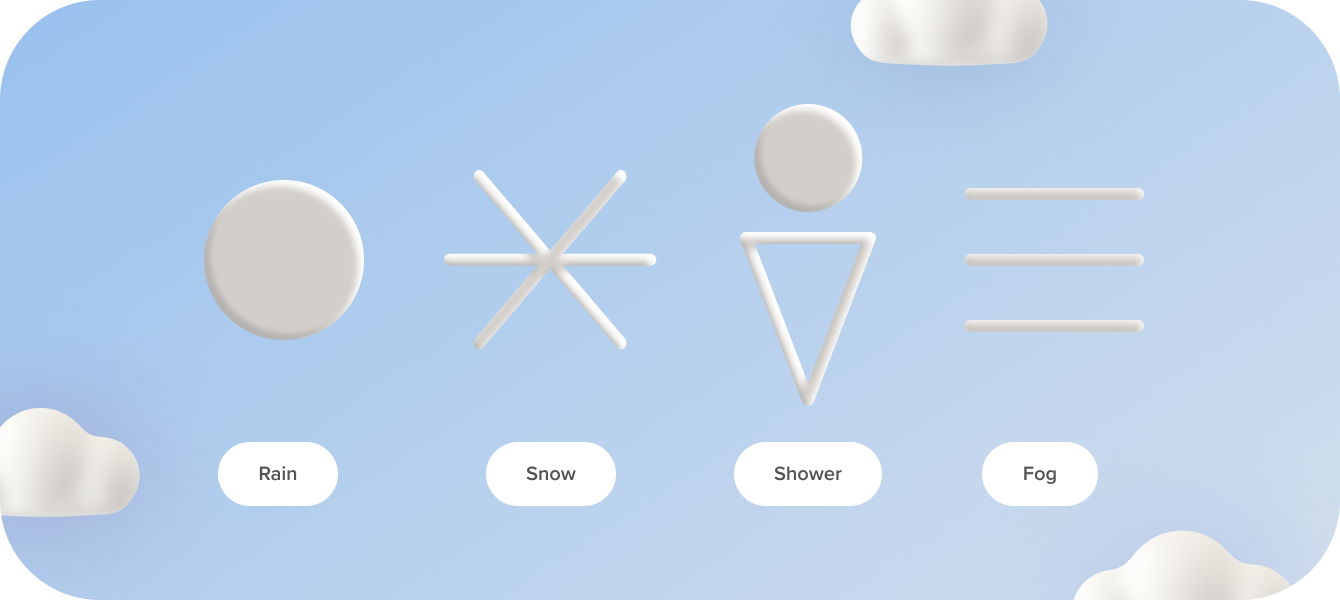
050 10 Meteorological Information
Knowing how to read meteorological information is essential for effective flight planning and decision-making. Pilots learn to analyse weather charts, reports, and forecasts from various sources, including METARs ( Meteorological Aerodrome Report (METAR)), TAFs (Terminal Aerodrome Forecast), SIGMETs ( Significant Meteorological Information), and graphical weather products. They acquire skills in weather briefing, route planning, and in-flight weather monitoring to make informed decisions and mitigate weather-related risks during flight.
For example, studying SIGMETs can alert pilots to areas of severe weather activity, allowing them to adjust their flight plans accordingly to avoid dangerous conditions. With their newfound knowledge and skills, pilots can confidently plan routes, brief passengers, and monitor weather conditions during flight, ensuring safe and smooth journeys through the skies.

